This article and associated images are based on a poster originally authored by Evans Asamoah Adu, Christian Obirikorang, Anthony Afum-Adjei Awuah and John Humphrey Amuasi and presented at ELRIG Drug Discovery 2025 in affiliation with Kumasi Centre for Collaborative Research in Tropical Medicine (KCCR).
This poster is being hosted on this website in its raw form, without modifications. It has not undergone peer review but has been reviewed to meet AZoNetwork's editorial quality standards. The information contained is for informational purposes only and should not be considered validated by independent peer assessment.

Introduction
Schistosoma mansoni schistosomula (larval stage) interacts extensively with the host immune system, making it a promising source of therapeutic targets.
The team developed a systematic pipeline to:
- Identify differentially expressed schistosomula proteins
- Predict their roles in immune modulation and lipid transport
- Prioritize potential therapeutic targets.
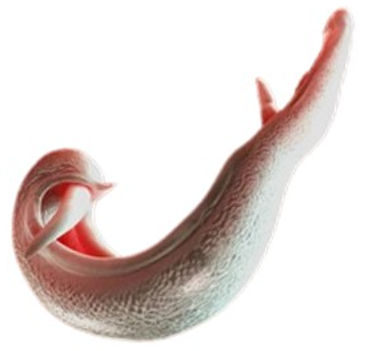
Image Credit: Image courtesy of Evans Asamoah Adu, in partnership with ELRIG (UK) Ltd.
Methodology
The team developed a pipeline for systematic in silico analysis to characterize proteins strongly expressed by Schistosomula during their adaptation, migration, and development in the host.
- The pipeline combined gene expression analysis, literature mining, protein-network analysis, domain/motif analysis, and homology-based functional predictions.
- Molecular modeling involving protein 3D structure prediction and refinement, heterodimer modelling and classification, as well as molecular docking analysis, was used to define key biological processes in Schistosomula development (see Figure 1).
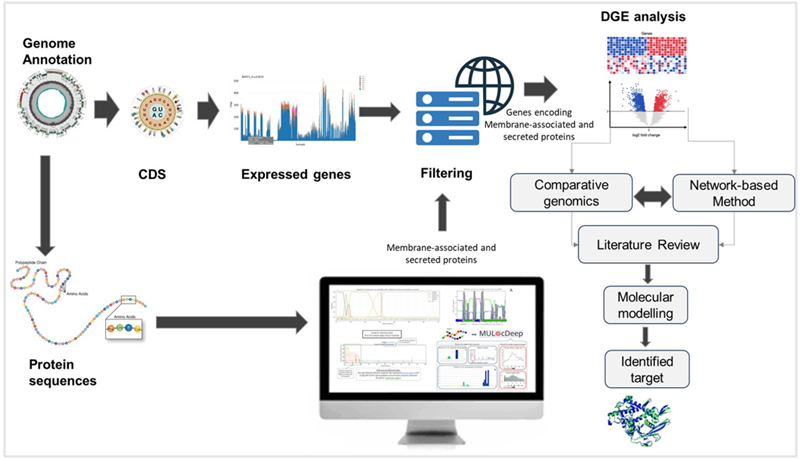
Figure 1. Flow chart showing the pipeline employed for this analysis. Image Credit: Image courtesy of Evans Asamoah Adu, in partnership with ELRIG (UK) Ltd.
Results
Genes upregulated in schistosomula
239 genes were upregulated across stages (see Venn diagram).
Candidate antigens: 32
Literature-supported targets: 16
Predicted immunomodulatory proteins: 12
Predicted lipid transport proteins: 10
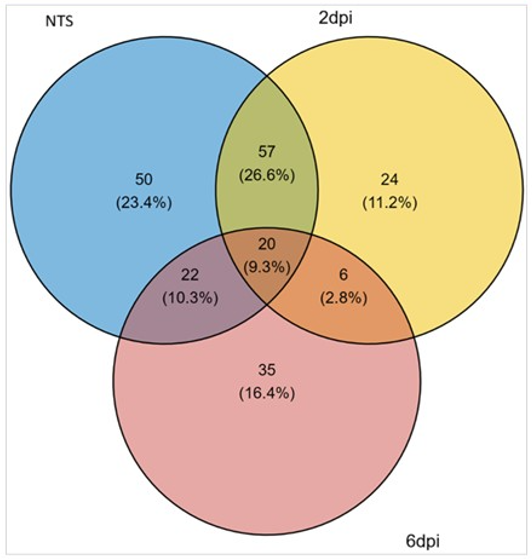
Image Credit: Image courtesy of Evans Asamoah Adu, in partnership with ELRIG (UK) Ltd.
Network analysis
Clusters identified (see Figure 2) suggest roles in host-parasite interface signaling:
- Integrin and adhesion networks
- Lipid transport mechanisms.
Biological implications
The integration of adhesion signaling, lipid transport, and developmental pathways underscores a multi-functional network essential for Schistosomula survival, migration, and immune evasion.
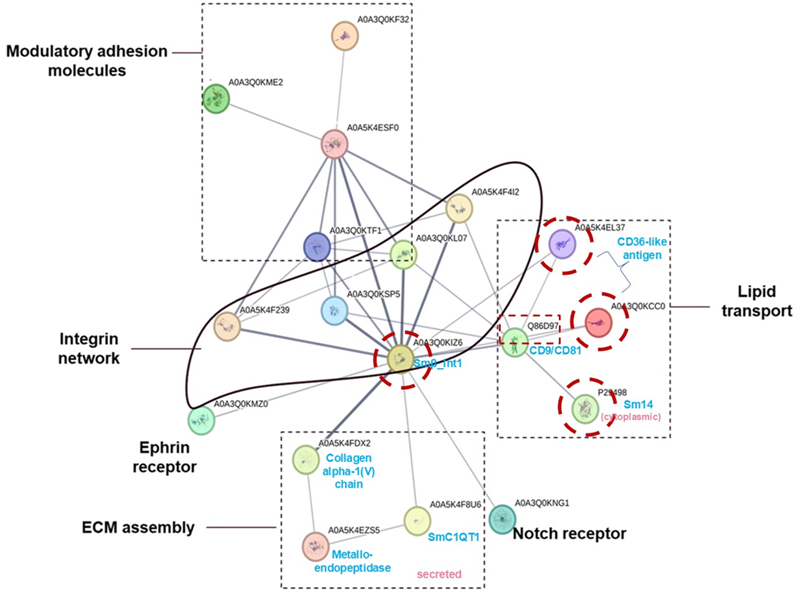
Figure 2. Enrichment and Markov Cluster Algorithm clustering analysis of differentially expressed genes. Image Credit: Image courtesy of Evans Asamoah Adu, in partnership with ELRIG (UK) Ltd.
Predicting immunomodulatory mechanism
Host-parasite interaction model
Functional mapping identified molecules thought to play pivotal roles in complement inhibition, immune suppression, and platelet modulation:
Evasion: CD59-like molecules inhibit membrane attack complex (MAC) formation, while Smα2M and SmC1QT1 may bind complement components to prevent activation
Cytokine modulation: SmCD109 and Smα2M are predicted to interfere with pro-inflammatory cytokines (IFN-γ, TNF-α, IL-1β, IL-6, IL-2), dampening host immune responses
Platelet interaction: Lactadherin and SmC1QT1 proteins may interact with platelet receptors, influencing coagulation and vascular responses.
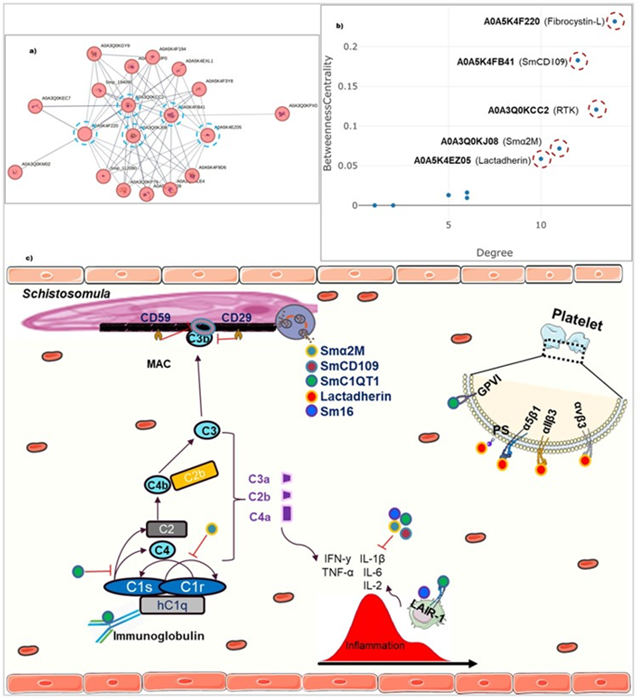
Figure 3. Panel (a) shows the PPI network of immunomodulatory candidates. Panel (b) shows network topology identifying five top-ranked hub proteins. Panel (c) illustrates a schematic model of predicted immunomodulatory mechanisms. Image Credit: Image courtesy of Evans Asamoah Adu, in partnership with ELRIG (UK) Ltd.
Predicting lipid transport mechanism
Network and mechanistic insights
Protein-protein interaction analysis revealed CD36-like receptors, tetraspanins, Smβ-Integrin, and Sm14 as central hubs in lipid acquisition and signaling. These proteins form a coordinated complex at the host-parasite interface:
- CD36-like receptors capture long-chain fatty acids
- Sm14 mediates intracellular lipid transport
- CD9/ CD81 organizes membrane microdomains for receptor clustering
- Smβ-Integrin links adhesion to signaling pathways.
The schematic model (Figure 4) illustrates how these components integrate lipid uptake, membrane organization, and signal transduction, highlighting them as high-value therapeutic targets.
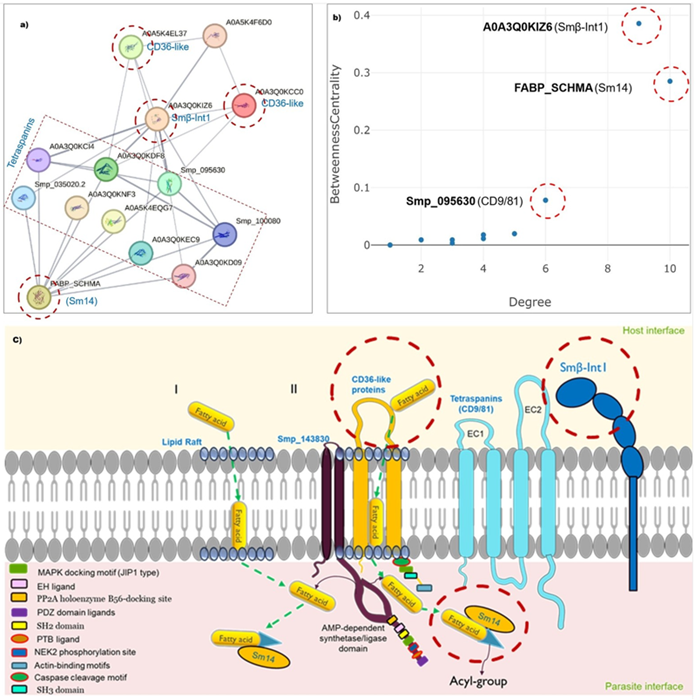
Figure 4. Panel (a) shows the protein-protein interaction (PPI) network of lipid transport-related candidates. Panel (b) plots Betweenness Centrality versus Degree, identifying three top-ranked hub proteins. Panel (c) illustrates a schematic model of lipid acquisition at the host-parasite interface. Image Credit: Image courtesy of Evans Asamoah Adu, in partnership with ELRIG (UK) Ltd.
Conclusion
This study provides a systematic framework for identifying helminth-derived biomolecules with therapeutic potential. Building on these findings, the next phase of the team's research will focus on:
- Expanding to other helminth species to identify conserved immunomodulatory proteins with cross-species therapeutic relevance
- Collaborative development of helminth-based biologics based on schistosome-derived motifs for use in inflammatory disease models.
About Kumasi Centre for Collaborative Research in Tropical Medicine (KCCR)
As an international hub for biomedical research, the Kumasi Centre for Collaborative Research in Tropical Medicine (KCCR) operates through a close partnership between the KNUST School of Medical Sciences in Ghana and the Bernhard Nocht Institute for Tropical Medicine (BNITM) in Hamburg, Germany. The center welcomes scientists from other institutions, provided their projects include a Ghanaian partner
About ELRIG (UK) Ltd.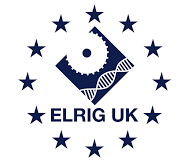
The European Laboratory Research & Innovation Group (ELRIG) is a leading European not-for-profit organization that exists to provide outstanding scientific content to the life science community. The foundation of the organization is based on the use and application of automation, robotics, and instrumentation in life science laboratories, but over time, we have evolved to respond to the needs of biopharma by developing scientific programmes that focus on cutting-edge research areas that have the potential to revolutionize drug discovery.
Comprised of a global community of over 12,000 life science professionals, participating in our events, whether it be at one of our scientific conferences or one of our networking meetings, will enable any of our community to exchange information, within disciplines and across academic and biopharmaceutical organizations, on an open access basis, as all our events are free-of-charge to attend!
Our values
Our values are to always ensure the highest quality of content and that content will be made readily accessible to all, and that we will always be an inclusive organization, serving a diverse scientific network. In addition, ELRIG will always be a volunteer led organization, run by and for the life sciences community, on a not-for-profit basis.
Our purpose
ELRIG is a company whose purpose is to bring the life science and drug discovery communities together to learn, share, connect, innovate and collaborate, on an open access basis. We achieve this through the provision of world class conferences, networking events, webinars and digital content.
Sponsored Content Policy: News-Medical.net publishes articles and related content that may be derived from sources where we have existing commercial relationships, provided such content adds value to the core editorial ethos of News-Medical.Net which is to educate and inform site visitors interested in medical research, science, medical devices and treatments.
Last Updated: Nov 12, 2025